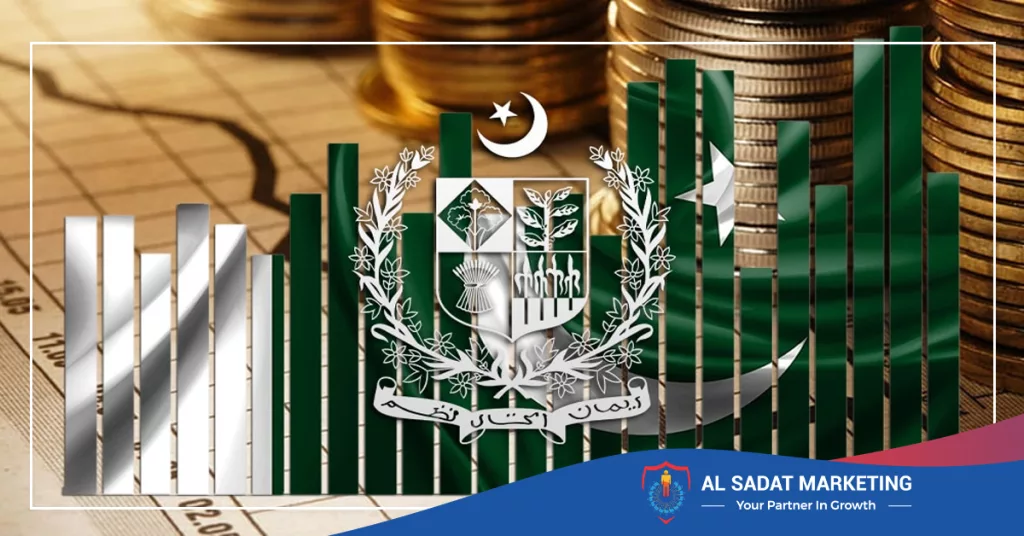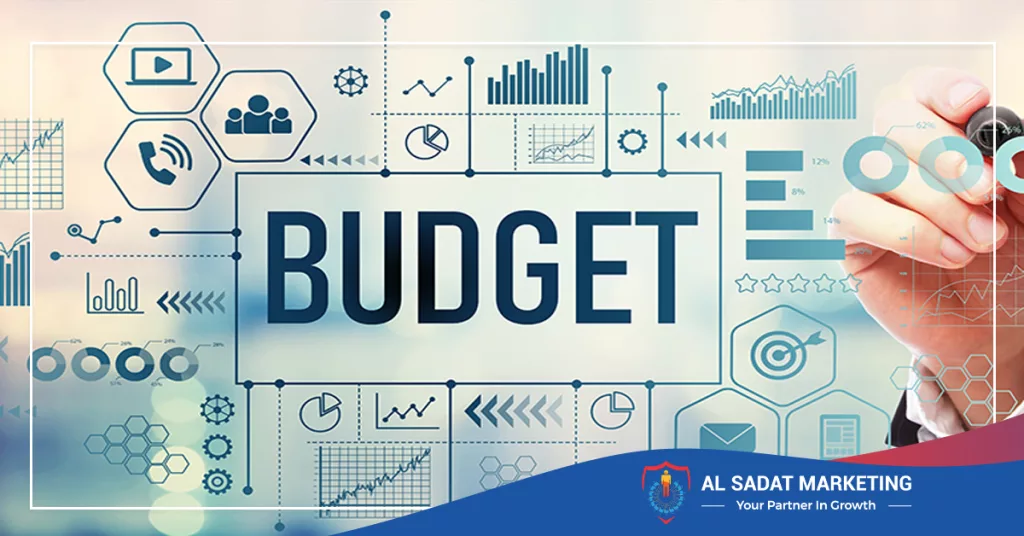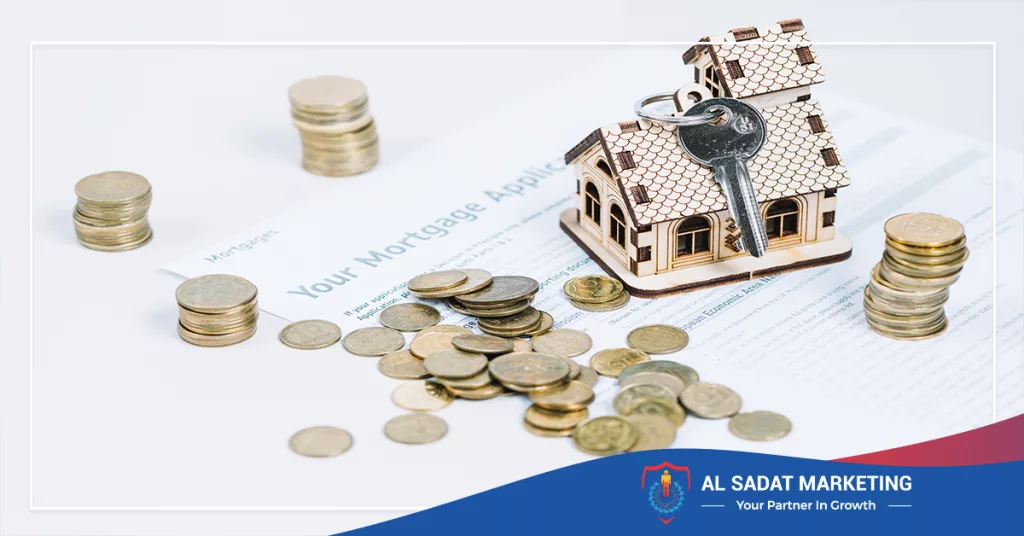Introduction
A financial document with estimated revenue and expenditures is called a budget. It is a strategy for a specific time frame, namely one year. Periodically, the expenses are collected and reevaluated. Budgets are frequently created to balance the finances of an operating company, a government, a person, or any other entity where money is spent.

It is a list of projected costs along with strategies. It contains the anticipated sales volumes, resource quantities, costs, and expenses. It is employed to quantify the strategy plan for the upcoming year. The strategy also takes into account financial flows, liabilities, and assets.
The plan outlines a process for achieving the specified objectives. A certain sum of money is designated for a specific use. Additionally, a financial surplus, deficit, or funds for a future date may be included. a planned future budget for spending and saving that includes anticipated income and costs.
Federal Budget 2020 – 2021
Important features of Federal Budget 2020 – 2021
The budget’s overall expenditure for 2020–21 is Rs 7,294.9 billion. This amount is 11% smaller than the budget projections for 2019–20.
In contrast to the budget projections for 2019–20, which put the resource availability during 2020–21 at Rs 4,917.2 billion, Rs 6,314.9 billion has been estimated.
According to estimates, net income receipts for 2020–21 will be Rs 3,699.5 billion, up 6.7% from budget estimates for 2019–20.
In 2020–21, the provincial portion of federal taxation is projected to total Rs 2,873.7 billion, a decrease of 11.7% from budget projections for 2019–20.
In comparison to the budget estimates for 2019–20, which were Rs 831.7 billion, the net capital receipts for 2020–21 have been estimated at Rs 1,463.2 billion, representing a rise of 75.93 percent.
Read More: Property Tax in Pakistan
The expected external receipts for 2020–21 are Rs 2,222.9 billion. This indicates a decline of 26.7% from the budget projections for 2019–20.
The projected total expenditure for 2020–21 is Rs 7,294.9 billion, of which Rs 6,345 billion is the current expenditure.
The budget for 2020–21 estimates the development expenses outside of PSDP at Rs 70 billion.
The Public Sector Development Programme (PSDP) is budgeted at Rs. 1,324 billion for the years 2020–21. Provinces have received Rs 676 billion of that total.
The anticipated total cost of the Federal PSDP is Rs. 650 billion, of which Rs. 418.7 billion will go to Federal Ministries and Divisions, Rs. 100.4 billion to Corporations, Rs. 3 billion to the Earthquake Reconstruction and Rehabilitation Authority (ERRA), and Rs.7 billion for the programme to respond to environmental disasters and COVID.
Revenue Receipts
The anticipated amount of Federal Board of Revenue taxes for the fiscal year 2020–21 is Rs 4,963 billion.
For the coming year, an expected Rs 1,108.9 billion will come in from non-tax sources.
Estimated gross income receipts total Rs 6,573.22 billion, of which Rs 2,873 billion comes from the provinces.
Estimated at Rs 3,699 billion, net income receipts for the federal government in budget 2020–21 represent an increase of 6.8% over budget estimates for 2019–20 and 19.24% over revised estimates for the just-ended fiscal year 2019–20.
External Resources
To close the funding disparity between revenues and expenses, the government secured loans and grants. After subtracting the repayment of short-term credits (Rs 183 billion) and foreign loans (Rs 1,228 billion), the estimated net external resources for 2020–21 are Rs 810.When compared to the budget and the updated projections for 2019–20, 34 billion are down by 73 percent and 64.34 percent, respectively.
Current Expenditures
The central government’s total current spending is projected to be Rs 6,344 billion in 2020–21, which is 16.7% and 12.99% less than the revised estimate and the actual estimate of current spending during the previous year.
Mark-up payments are anticipated to total Rs 2,946 billion for the 2020–21 fiscal year, of which Rs 2,631 billion will be paid on domestic debt and Rs 315 billion on international debt.
Pension expenditures have been assessed at Rs 470 billion, which is 1.4 percent more than the revised estimates of Rs 463.4 billion for the current fiscal year 2019–20.
Compared to the revised estimate of Rs. 1,227 billion for the current fiscal year 2019–20, a sum of Rs. 1,289 billion has been projected for Defense Affairs and Services.
In comparison to the revised estimate of Rs. 1,177 billion for grants and transfers for the 2019–20 fiscal year, Rs. 904 billion have been projected.
Compared to the revised projection of Rs 349.5 billion for 2019–20, subsidies are estimated at Rs 209 billion.
In comparison to the revised expenditures of Rs 445.8 billion in 2019–20, Rs 475.7 billion have been estimated for the fiscal year 2020–21 to operate the civil government.

Budget 2020 – 2021 and Real Estate
In the Federal Budget 2020–2021, a special package is revealed for the construction industry. The “amnesty scheme” is a part of the special package.
The entire amount allotted for the Naya Pakistan Housing Scheme is PKR 30 billion. The programme seeks to construct 10 million homes for Pakistan’s lower middle class.
The Naya Pakistan Housing Project is eligible for tax deductions.
The industries connected to the construction industry are also anticipated to gain from the subsidy.
A stimulus plan has also been unveiled to boost the nation’s COVID-19-hit economy.
Read More: Best Housing Societies For Investment During Real Estate Downfall 2023
The package also permits tax refunds in the amount of PKR 100 billion, with interest delayed.
Additionally, there are subsidies for the gas and energy industries, which will have a direct impact on the real estate market.
The Economic Coordination Committee (ECC) has also approved a package worth Rs50.7 billion to assist small and medium-sized businesses’ indirect cash flow.
About 3.5 million small positions will profit from this package.
Industries
The following industries are free from paying customs duties on raw materials:
Chemicals
Leathers
Textile
Rubble
Fertilizers
About 20,000 items that are made as raw materials are exempt. Contrarily, the customs tax is decreased for raw and intermediate goods items like rubber, bleaching agents, and other goods for domestic use to 20%, 16%, 11%, 3%, and 0%.
Visit our website SkyMarketing for the most recent Blue Town Sapphire Lahore payment schedule.
Retailers
Additionally, the government reduced the sales tax from 14% to 12%. The registered point of sale systems are subject to the suggested low sales tax. In comparison to prior years, the retailers will be able to offer the goods at lower prices.
Withholding tax relaxations
According to the Federal Budget for 2020–2021, the following are exempt from withholding taxes (WHT):
the collection of advance tax on overseas payments for educational costs
Steel and polymer unit taxes
No amount under the pension fund is being withheld.
No WHT in preparation for events and gatherings
On dealers, commission brokers, and architects there is no advance WHT
No WHT in preparation for tobacco

Last Year’s Budget and Real Estate Industry
The primary goal of the administration was to boost FBR revenue. The formalisation of the economy and the real estate industry is one area on which the administration has focused. An entirely new classification called “non-filer” was created. The position of a person who doesn’t pay property tax is known as a non-filer. The person will be subject to severe tax fines.
According to the budget proposal from the previous year, the FBR increased the valuation of properties to 85% of market worth. Previously, the person only needed to pay 3% of the higher tax percentage on the difference in money. Their DC and FBR rates were used to determine the difference.
Read More: Quetta Collectorate Surpasses Custom Collection Target by FBR
The “amnesty scheme” was then revealed by the government. The plan exempts the property owner from further requirements that they disclose their financing sources. The funding gap is determined by comparing the property’s DC valuation and FBR value. After depositing a 3% additional tax rate, the process is carried out.
Lower Withholding Tax
The government budget for 2019–2020 included the withholding tax (WHT) proposals below:
Property tax purchase WHT was decreased from 2% to 1% of its worth.
The WHT was only applied to properties valued more than 4,000,000 Pakistani Rupees. However, the budget for 2019–2020 mentioned imposing on all assets. The new WHT is unaffected by the worth of the property.
If a property is sold within five years, 1% of the overall value will be taxed. Previously, the period of time was three years following the property’s acquisition.
Tax on Capital Gains 2019 – 2020
Plots
Gains will be taxed at 100% in the first year after acquisition.
75% of the gains will be taxed after one year from the date of acquisition.
The tax will be assessed ten years after the original acquisition.
Constructed Property
Gains will be taxed at 100% in the first year after acquisition.
75% of the gains will be taxed after one year from the date of acquisition.
The tax will be assessed five years after the property is purchased.
Conclusion
The 2020–2021 government budget is regarded as being revenue-focused. Pakistan’s main issue is a lack of funding to fulfil its needs. The Pakistani government wants to generate more money. Many sectors have undoubtedly benefited from the budget. Their primary emphasis is on raw material producers.
The real estate sector will benefit from the budget for 2020–2021 because of the discount on raw materials. The raw material is frequently processed to create additional products for real estate construction.
The Naya Pakistan Housing Society’s funding is astounding. Small and medium-sized businesses will undoubtedly have the opportunity to step forward and present their work under the Naya Pakistan Housing Scheme brand thanks to the building and other subsidies.
Follow us for more update and guides about real estate. Visit our Website Al-Sadat Marketing
You can also invest in other famous and most in demand housing societies, such as , Blue World City, Rudn Enclave, 7 Wonders City Peshawar, Taj Residencia, Kingdom Valley, New Metro City Gujar Khan, Forest Town Rawalpindi, University Town Rawalpindi, ICHS Town, Park View City Islamabad, Multi Gardens B17 Islamabad and Nova City Islamabad.
Al Sadat Marketing please contact 0331 1110005 or visit https://alsadatmarketing.com/
Few more real estate housing schemes which are trending now a days in Islamabad by including: Faisal Town Phase 2, Prism Town Gujar Khan, New City Paradise, Eighteen Islamabad, 7 Wonders City Islamabad, Capital Smart City, Silver City Islamabad, The Life Residencia, Faisal Town Islamabad, Islamabad Golf City, Islamabad Model Town and Marble Arch Enclave.
Al Sadat Marketing is an emerging Real Estate Agency headquartered in Islamabad, Pakistan. With over 10+ Years of experience, Al Sadat Marketing is providing its services and dealing all trending housing societies projects in different cities of Pakistan. Islamabad Projects, Rawalpindi Projects, Gujar Khan Projects, Burhan Projects, and Peshawar Projects etc.
Book Your Plot Now: +92 331 111 0005










